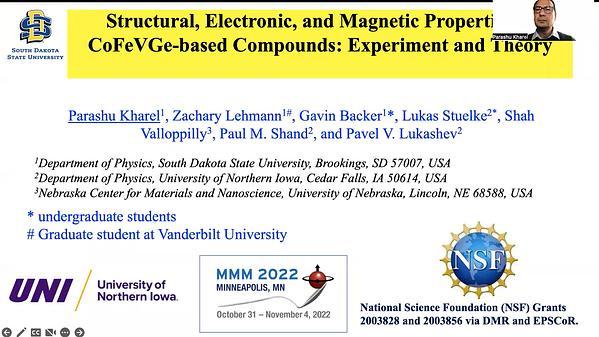Would you like to see your presentation here, made available to a global audience of researchers?
Add your own presentation or have us affordably record your next conference.
The work presented in this research is aimed at development of a novel absolute encoding method using De-Bruijn sequence with Hall-effect sensors to enable coding pattern of rotary encoders not limited to axial direction or to a specific disc size. This coding pattern resolves problem of repeated coding at the junction of a rotary encoder through creation of mathematical models and permutations of different sizes of sub-array. Based on the De-Bruijn sequence theory, the length of sub-array controls the number of Hall-effect sensing elements represented by n as illustrated in Figure 1, of which elements are linearly arranged on the sensing head. The proposed firmware of the measuring presets specific gates for the sensing elements with various limitations to distinguish certain codes on the pattern without misjudgment when external magnetic field changes. Through calibrated experiments, it was found and validated that when the sequence was constituted by a string of codes with high symbol, which is denoted as k, the gate value could determine the correctness of the absolute position. When the measurement system structure operates at a constant moving speed, the output data from the A, B, C and D sensing elements as shown in Figure 2 can be discriminated synchronously. The results obtained in this research demonstrate two things. Firstly, the absolute position can be identified by lookup table corresponding to the specific code with 1 mm resolution. Secondly, the De-Bruijn code can be regarded as a circular code to avoid misjudgments that commonly observed with traditional methods.

Schematic of a measuring system consisting of a sensor head and a magnetic medium with a De-Bruijn code pattern.

Experimental results with four channels of the analog signal. The symbol detected in each channel can be treated as a subsequence.
